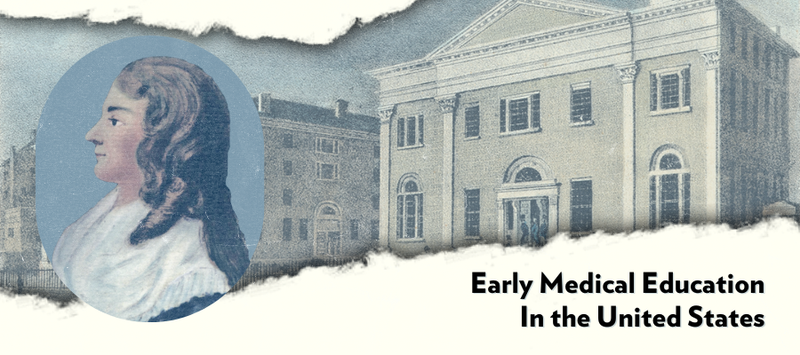
<br/>
<br/>
Formal medical training in early 19th century America was rare. Those that studied medicine primarily did so through apprenticeships with practicing physicians and brief terms in one of the many medical schools that emerged. Also, trained medical professionals, as such, meant White men.
<br/>
While women and Black and Brown men could receive training in Europe during the 1800s, those institutions limited access and, in the case of women, still refused to formally grant a degree—with the exception of Dorothea Erxleben who received her degree from the University of Halle in 1754 after successfully defending a dissertation even though she had not attended classes there.
<br/>
The absence of a college education or a medical degree, though, didn’t prevent women or men from practicing medicine. There were no legal restrictions on practicing medicine in most states nor were there legal penalties for practicing without a medical diploma or license.
<br/>
The rapid growth of the nation and settling of the western part of the United States in the mid to late 19th century led to a substantial increase of medical schools of debatable quality, and after the Civil War, Black medical colleges and Black hospitals formed that provided some training for Black medical professionals—although Black women were restricted from these institutions as well.
<br/>
There were so many medical schools in the mid-1800s competing for a small number of students, opening colleges to women seemed a prudent financial decision, although in the case of the Medical College in Charleston, the number of women as students remained so low, the financial impact would have been negligible.
<br/>
Still, medical education throughout the century continued to change and evolve as the medical world relied more on scientific evidence for medical treatments, and White, Black and Brown women began to act on their desires to become doctors. By the end of the 19th century there were more than 7,000 women physicians in the country, about 5.5% of the total number.
<br/>
Watch our video for additional information:
<br/>
